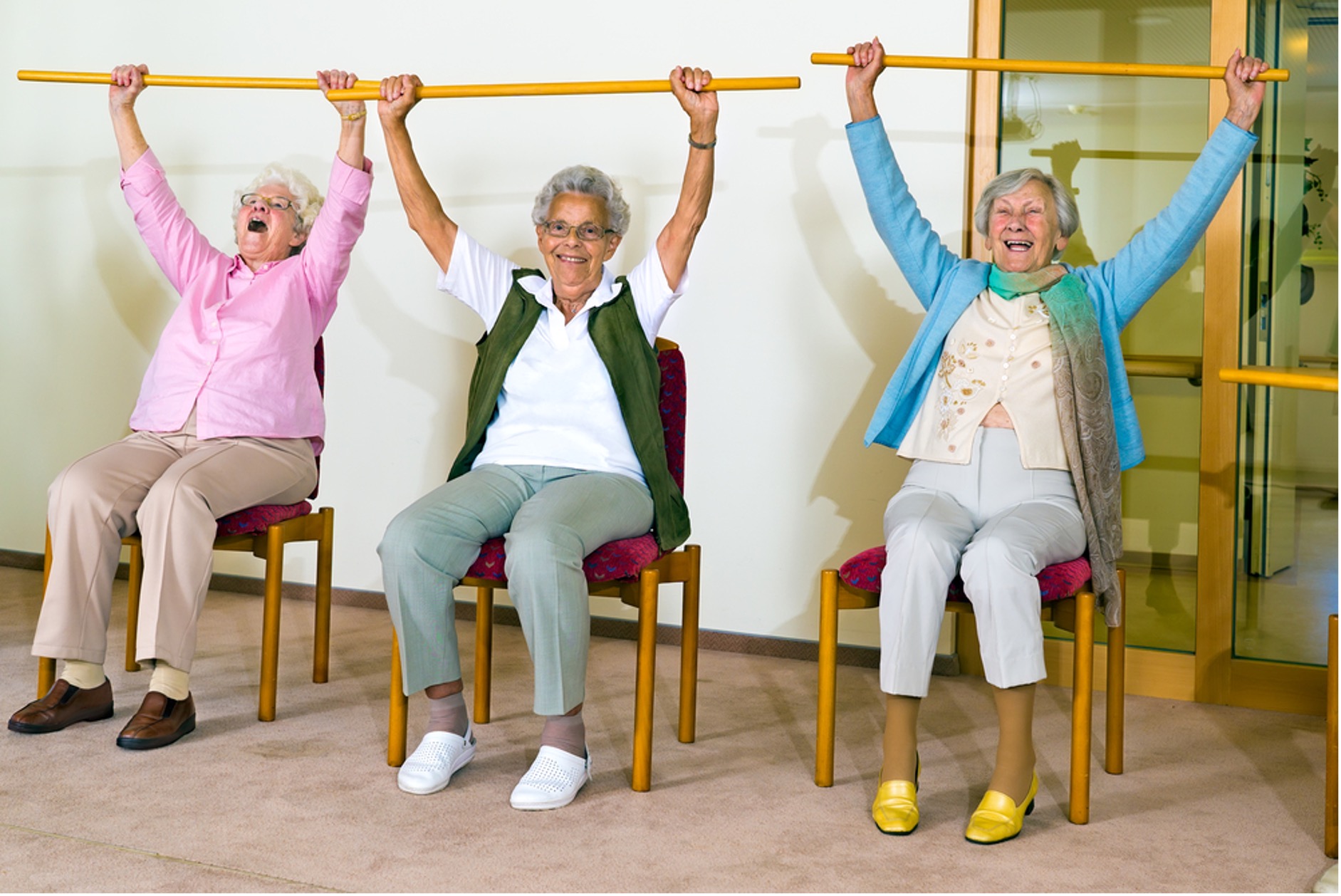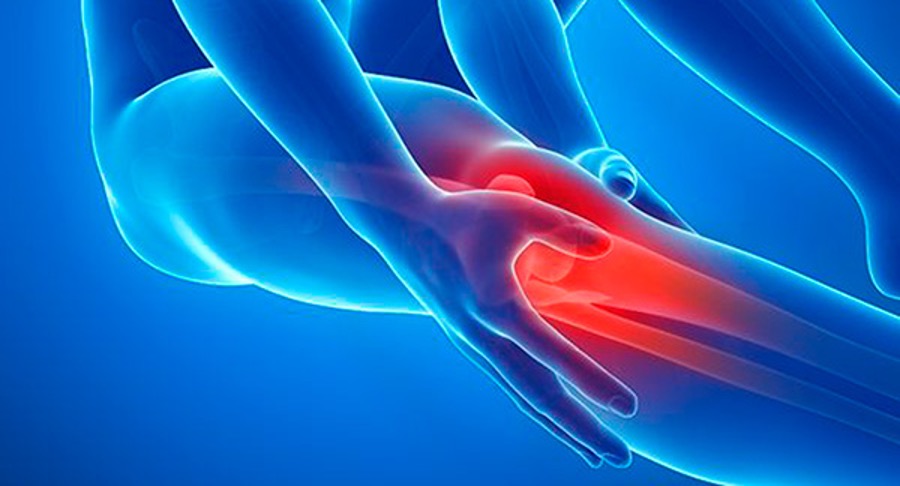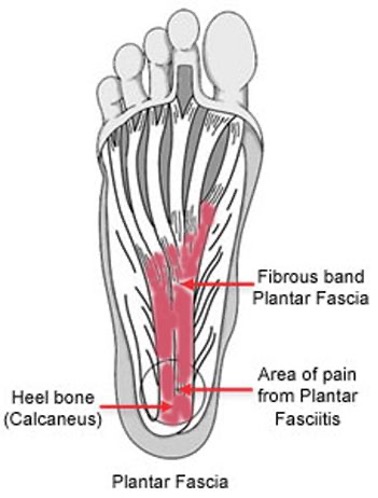How to stay on your feet and reduce falls?
Unfortunately falls are very common, the Injury Research and Statistics reports that last year one in three people over 65 had a fall resulting in a fracture to the hip or an injury to the head. Further, the Western Australian Falls Report (published in 2021) found in 2019, the leading cause of an individual presenting to hospital due to a falls-related incident was due to a slip, trip or stumble and the average time spent in hospital was 7.1 days per admission.
Falls can also lead to internal bleeding, traumatic pain syndrome, functional limitations, dislocations, soft tissue injuries, healthcare costs, and increased mortality. One of the greatest fears after an individual has an initial fall, is the fear of future falls occurring.
The Osteoporosis International Medical Journal in 2013 reported that people with a decreased Bone Mineral Density, such as people with osteopenia or osteoporosis, have a greater risk of a fracture resulting from a fall.
The medical journal went on to divide risk factors up into both modifiable and non-modifiable factors. Both can be markers for assessing the risk of future falls, however only modifiable risk factors can be addressed by preventative strategies to reduce falls from happening. Considering how common falls are, there are various well researched environmental modifications and physiotherapy interventions that can be implemented.
Environmental factors that could increase the risk of falling may include things like: rugs, cords, pets, slippery floors, inadequate lighting, and poor footwear. With consideration to such, these risks can be addressed.
Other factors that can lead to a fall occurring include: poor eye sight, decreased balance, not steady when walking, and uncontrolled blood pressure. An eye examination can address poor vision and whether or not glasses would be appropriate, the implementation of a walking aid could be of benefit, and a medication review can assist.
A physiotherapist can assist in a number of ways. The first aspect is a complete assessment, in which many aspects are considered, particularly standing balance with eyes opened and closed, and doing such on both legs and on one leg. Strength is also considered, particularly in the legs, as several research articles correlate poor strength with an increase in the risk of falling.
Several medical journals have reported what needs to be included in a falls prevention program, including the Osteoporosis International Medical Journal in 2009, in which the two most important components should include balance and muscle strength training.
When assessed, Robert will design a specific and targeted exercise program tailored to your individual needs to minimise the risk of you falling. The assessment will ascertain the areas of deficiency and will form part of the exercise program. It is important that such is reviewed and progressed to always challenge the individual.
There are several balance and strengthening exercises that can be given, some include:
- Double leg balance +/- eyes closed
- Single leg balance +/- eyes closed
- Carrying out the above by standing on something, such as a towel or pillow. This adds another variable to the exercise, which research has shown to be very effective.
- “Chair squats”
- Riding the stationary bike
- Swimming
- Being involved in a balance and/or strengthening class
It is very important that all exercises should be completed in a safe manner. The balance exercises for example, should be completed with a sturdy bench or table in front with a stable chair behind.
These exercises are just a guide and have not been individually recommended for you. Phone 9203 7771 or visit our site to make an appointment with Robert today for your individualised falls prevention exercise program.




